Wild Places
By Andy Carre
You know about the Big Island of Hawaiʻi, Maui, Oʻahu, and Kauaʻi, all the Hawaiian Islands where people live. All beautiful places, but all taken over by human civilization with cars on highways, people at grocery stores and shopping malls, housing communities, schools, hospitals, farms, you name it. But there are Hawaiian Islands that most people know nothing about, many have never even heard of, and even fewer will ever visit. These islands are called Nihoa, Mokumanamana, Lalo, Kamole, Kapou, Manawai, Kuaihelani, and Hōlanikū.
These are the Northwest Hawaiian Islands, wild places, much older than the rest of Hawaiʻi, the remnants of ancient islands. They are mostly uninhabited, largely untouched by human impact except for the manmade garbage that washes ashore from thousands of miles away. Cleaning up that garbage is the reason for our visit, and it gives us a rare opportunity to experience these remote wildernesses firsthand, to see for ourselves why these islands collectively known as Papahānaumokuākea have always been revered as sacred in Hawaiian culture.
Absent human civilization we immediately notice how the wildlife and the forces of nature dominate these islands and dictate the order of things. And there is order, an order determined by the changing of the seasons, the changing wind and ocean conditions, the migrations of sea birds and whales, the breeding of seals and sea turtles. It’s all connected, the land, the sea, and the abundance of life interacting in perpetual search for survival. In just a brief snapshot upon entering these ecosystems we witness a frigate bird harassing a wedge tailed shearwater, trying to steal a fish the shearwater had caught. The frigate birds (called ʻIwa or thief by the Hawaiians) hover closely over us too, ready and waiting to steal anything they can. We witness a Hawaiian monk seal mother (one of the most endangered marine mammals in the world) with a pup that had just been born that morning. These seals are endemic to Hawaii and number only about 1,400 total. Of that 1,400 or so, roughly 250-300 of them live just on Kamole (Laysan Island).
We see vast fields, dunes, and beaches in the springtime alive with Laysan and Black Footed Albatross, hundreds of thousands of mating pairs with their one chick that is now a couple months old. The chicks snap their beaks at us as we remove fragments of plastic debris from around their nests as if they think we’re trying to take their toys from them. By mid-summer they’ll all be gone, out to sea to cruise the vast ocean until they return to the same island to find their same mating partner the following winter. All in all, over 20 different species of migratory seabirds nest on these remote islands, their relationships to one another dependent on the overlapping or coinciding of their time spent there.
A pod of spinner dolphins, like a welcoming committee swim alongside our boat as we enter the crystal blue lagoon at Hōlanikū (Kure Atoll). Maybe they’re curious about what we are; they rarely ever see a boat in this place. Maybe the dolphins, like many of the seabirds follow us in the hopes of catching fish that get disoriented by the path of the boat. Or maybe they chase us just for fun.
The abundance of wildlife that dominates these ecosystems in our absence is amazing to witness. But our impact is still present and evident in the form of a staggering amount of marine debris that has washed ashore from far away. This debris threatens this wildlife and these ecosystems. Birds, turtles, and fish ingest plastics that can kill them. We witnessed firsthand a seal with a rope net caught around its neck that we were able to remove before it choked the seal to death. Many animals are killed by these kinds of entanglements. The hope and the reason for our presence is to have a positive impact and help preserve these sacred places and keep these wildernesses thriving.

